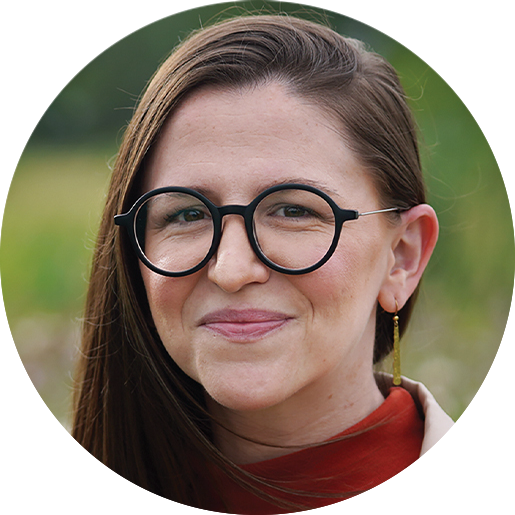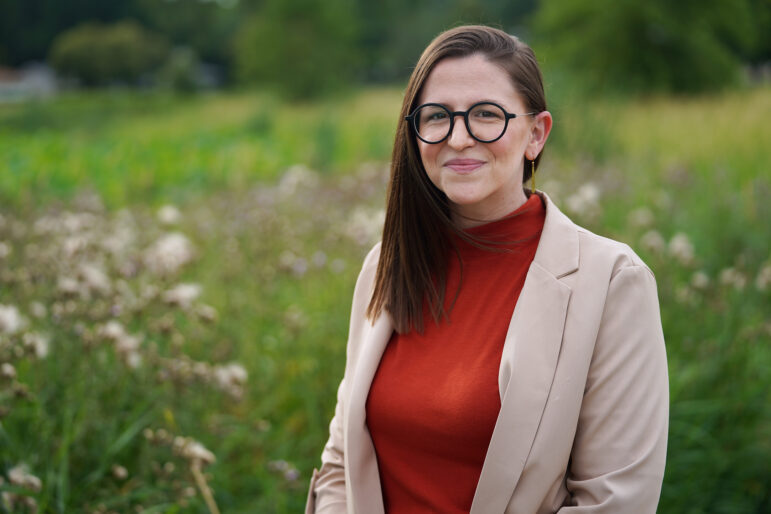Marisa Wojcik

Assistant news director/Here & Now series producer
PBS Wisconsin, Madison
Age: 34

In three words: “Whip-smart, curious, inclusive”
What colleagues say: Marisa is a superstar and a standout for many reasons. From her first days with PBS Wisconsin, in January 2018, when she joined the news team as our first multimedia reporter, she established herself as a thoughtful, collaborative and inclusive journalist and colleague. She has risen through the ranks to become assistant news director and lead producer for our weekly news series, Here & Now.
She brought about a change in thinking for our entire organization by creating strategies to produce digital-first and digital-only content that reaches new audiences. She does her “homework” on new tools and formats, and brings her colleagues into the workflow in ways that respect what they can add to the process. Perhaps even more important, Marisa prioritizes cultivating relationships with underrepresented communities and routinely incorporates new voices and perspectives into our news coverage. Finally, even while leading the Here & Now team, Marisa still produces her own exceptional field reports, including pieces that are picked up by PBS News Hour.
What Marisa says
Decision to work in public media: Growing up in Wisconsin, our household watched PBS and listened to NPR. I’ve always regarded it as the benchmark of quality content for news, education and entertainment.
I worked as a multimedia journalist in newspapers for many years and never thought I would end up working for the public media station I idolized since I was young. When I came upon a job opening for a multimedia producer on the station’s website, I thought I wasn’t qualified. But I applied and was amazed that they saw enough potential to hire me.
Key accomplishments: As a multimedia producer I have reported, shot, edited and created graphics for nearly all of my stories. I created new franchises, such as a weekly live-streamed program of in-depth interviews with guests and a weekly motion-graphics explainer that breaks down complex topics into smaller digestible facts.
I find the most pride in the stories that may not have had the best video or flashiest production but gave a voice and dignity to someone who felt left behind by society.
Inspired by: When I was teaching myself video shooting and editing, a lot of my inspiration came from documentaries and seeing how other newspaper photojournalists were approaching this medium. I also found inspiration in storytelling podcasts. These inspirations helped me think about visuals and audio in new and interesting ways, and brought a different style to my work than colleagues with broadcast training. Today I find most of my inspiration from people who are doing something different.
Advice for young public media professionals: Follow your intuition and take every opportunity to use the tools and the skills you have to practice your craft. The skills I have today came from going beyond the assignment — taking more photos than I needed, getting more video, doing more than what was asked of me — because I wanted to make something better.
Advice for public media leaders: Try to leave a place better than when you got there. This not only applies to the work, but to the work culture. Also: Kindness goes a long way. In my experience a good leader can be direct and do what needs to get done. A better leader does that by treating people with kindness and respect.


